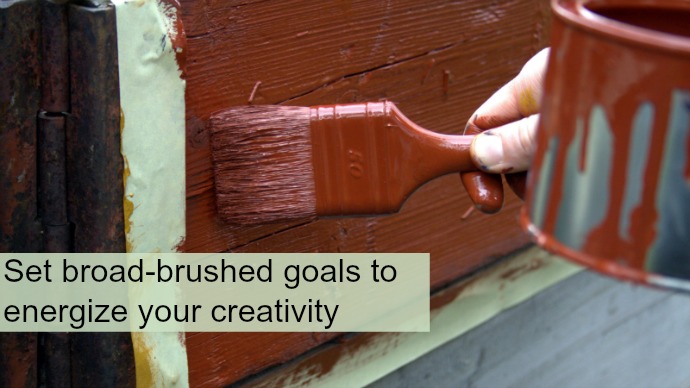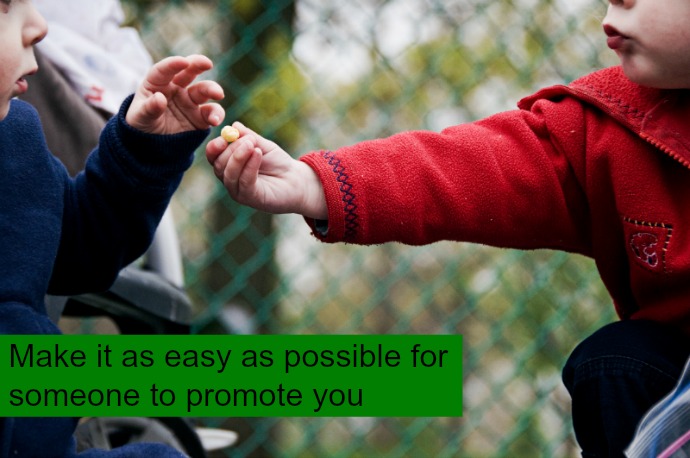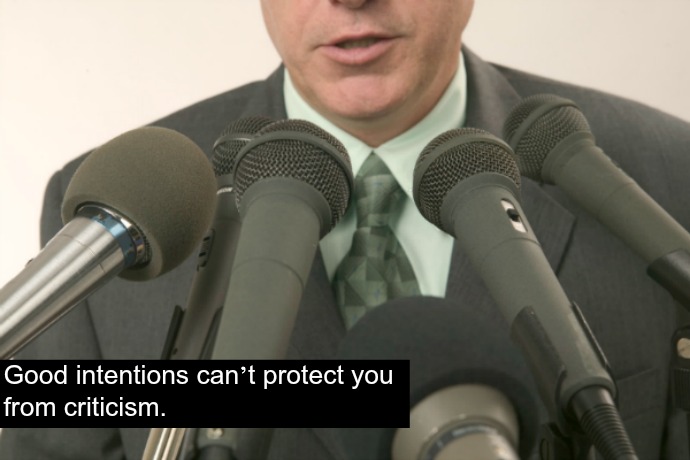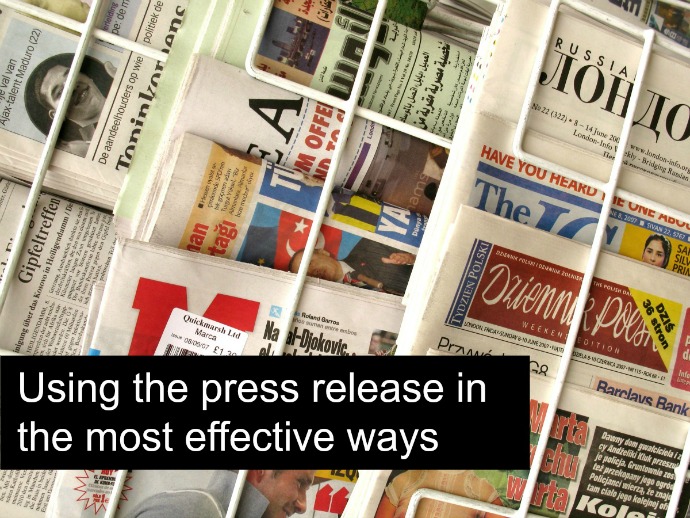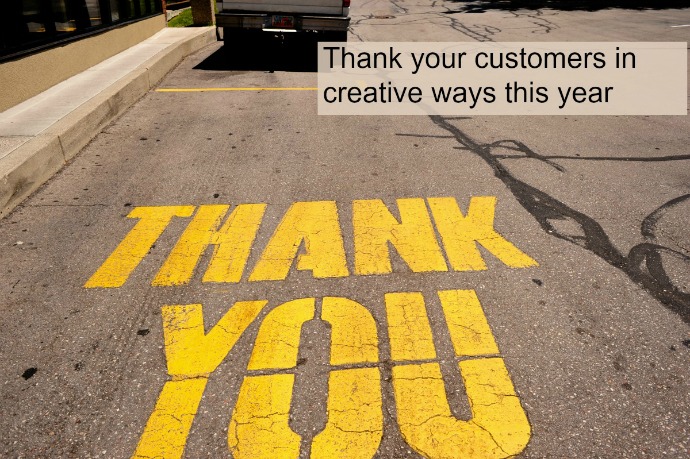Are you tired of goal setting? Confession time: I’m kind of over it.
This, from the woman who used to lay out her new year’s goals in nice neat bullets, organized by category: Fitness, Career Travel…I even had a category for Fun. The woman who makes lists and loves to be measured, assessed, graded. “You’ve never met a test you didn’t like,” says my husband.
Yes, I’m a recovering goal setter.
A few years back, after my major health crisis, I became gun-shy about goal-setting. I tried setting goals the old way but holding myself so accountable to a laundry list of big dreams overwhelmed me. During my fragile recovery, I tried to manage stress by removing as much friction from my life as possible – and that included all pressure to perform.
So what did this Type-A, former Honors student do to stay ambitious, motivated and organized? I started playing with new ways to set goals. And it has not only made me happier, it makes my life less stressful, more fun – and I actually achieve more while still keeping myself open to new opportunities.
If your goals are crushing you, it’s time to rethink how you set them (Tweet this!)
Here are 3 crafty and creative ways to help you enjoy setting goals in business and in life:
Pick a theme or two:
A few years ago, I decided to set New Year’s themes instead of New Year’s resolutions. In 2013, I chose Creativity and Abundance – and I achieved a lifelong dream of being accepted into an elite summer theatre program, plus I got pregnant. Creative and abundant indeed. This year, those themes are Enrichment and Savor. By enrichment, I hope to nurture great stuff that I already have rather than spending so much time inventing new things. And by savor, I mean presence, mindfulness and slowing down enough to appreciating the fleeting moments of my son’s babyhood and my current life, just as it is. Picking themes not only attracts the feelings you want into your life, it creates open space to discover that many different roads can lead to what you really want internally and externally, rather than merely following a checklist of things to do.
Experiment with choosing two themes that cover both the types of things you’d like to experience in your work or life, as well as the emotions and mindset that go with them.
Determine the feelings behind your goals:
This idea is courtesy of my friend Danielle LaPorte. She talks about goal setting not from the perspective of WHAT you want to do but HOW you want to feel. Danielle created the Desire Map program and teaches that, most of the time, you are not chasing a goal, but you are actually craving a feeling. So what if you flipped your intentions around and started with the how you want to feel and then map out what needs to be done to get you there? It’s an intriguing concept – and somewhat related to my point above about themes for the year.
Experiment with determining how you’d like to feel next quarter in your business or in the next six months of your life. Elated? Accomplished? Recognized? Naughty? Financially secure? Wise? Then you can map the activities that lead to achieving that emotion.
Outline broad-brush achievements:
This is a method I’m playing with this year (in addition to my Themes). Now brace yourself: this one goes against everything that this measurement-oriented woman and marketer has always believed. This year, I’m simply laying out large achievements, with no numbers or metrics attached to them. That’s right. I have no revenue projections or book sales goals. No website visit metrics. No target number of speaking engagements. Instead, my goals are broad brush starting from where I am now: Build up my platform and fan base, sell more books, focus on larger projects and less of them and make space to create my next book in 2016. This method is not for the faint of heart, but I have to tell you: I haven’t been this energized by goals in a long time. I’ll let you know at the end of the year how this worked out!
Experiment with letting go and determining some broad-brush achievements that will light your year on fire. You’ll be surprised how when you remove the pressure of numbers, you start to creatively brainstorm ways to make your goal a reality.
What do you think? Do any of these goal setting approaches resonate with you? Please DM me on Instagram – and let me know if you’ve got a unique spin of your own to share.
Image credit: Benno Hansen via Flickr


